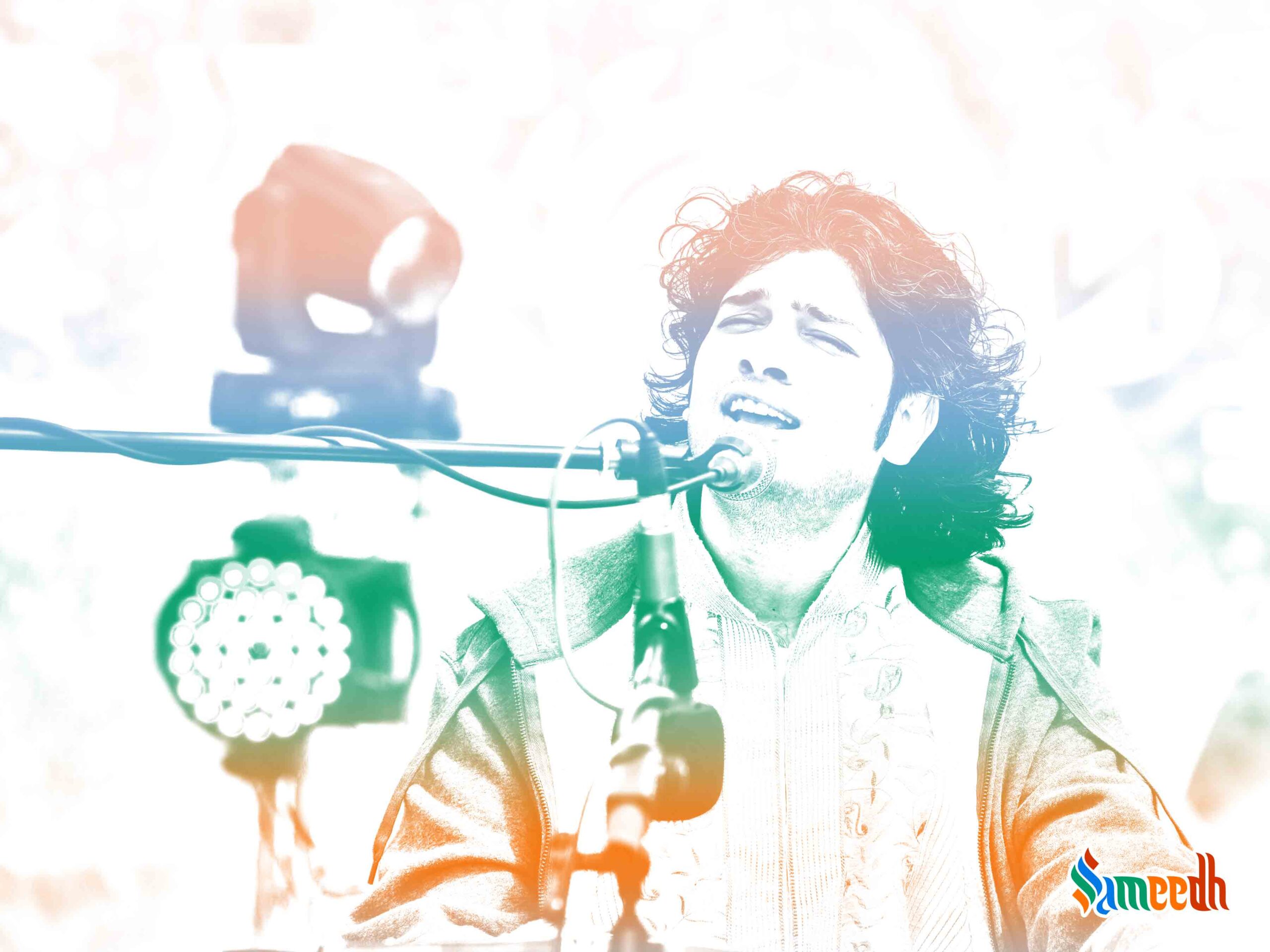Meaning, significance and rules of this Arabic poetry form

Ghazal is a form of Arabic rhythmical poetry from the 7th century BC. This form of music majorly focuses on dealing with loss, grief and romance alike. Although it has Arabic origins, it was gladly accepted and associated with Persians in the medieval era.
The term Ghazal with its Arabic origins has various root syllables which mean different things. One letter itself has en entire meaning to it and it is written as غزل in Arabic script.
Gazal means to flirt, sweet talk, sugar coat, exhibit lustful qualities. Gazaal then stems from the English word gazelle, which translates to a doe, a graceful creature. Lastly, a variation of Ghazal is Gazala, which is to spin yarn or thread. From these variations, the overall definition can also be derived as the wailing sound of a wounded deer.
Ghazal format
The rhyming scheme of Ghazal is detailed as the entire couplets are grammatically and syntactically complete, end to end. Every couplet has to wrap up with a similar Radif, same word or phrase and it is preceded by the rhyming word of the first couplet, which is the Qafia. The poet’s name features in the last couplet, though it is not necessary, it is commonly observed. In Persian culture, each couplet was of the exact same length containing the same metres and evenly included both sensual lines expressing desires as well as devotional content promoting religious belief.
Rules of Ghazal Poetry
The rhyming couplets in Ghazal are short and are called bayt or Sher. Ideally, there are seven to twelve bayts in any Ghazal, it is not considered a Ghazal if the couplets total to less than five. The quirkiness and the beauty of Ghazals can be brought out by the various rules around which they are created. Ghazals have to follow an AA BA CA DA, so on and so forth. The certain stern guidelines to be followed by writing a Ghazal are :
- Matla’a : This is the very first byat in a Ghazal and is pronounced as Matlaa. As mentioned, both lines of the Matla should contain the Qafia and Radif. This is what creates the standard template of the Ghazal and is clearly indicative of the rhyming scheme.
- Radif : The refrain phrase or word. Both lines of Matla and the succeeding lines of the byat shall end in the same word, Radif.
- Qafia : This is the rhyming scheme of the Ghazal and it immediately follows the words with the same rhyme scheme and this forms the Quafia or Qaafiyaa.
- Maqta’a/Maktaa : This is the ending couplet of the Ghazal. Poets’ pen name or nom de plume is known to be featured in the Maqta section of the Ghazal commonly and is known as Takhallus. As it is directly associated with the poet, it is more customised according to the poets’ personal thoughts and views and can be easily differentiated from the rest of the couplets. Poets often include homonyms of their names to showcase their skills and ability to weave words creatively.
- Bah’r/Behr : Every line of the Ghazal should have the same syllable count and similar metre pattern for it to be recognised as a Ghazal.
- Misra-e-uulaa : The very first line of each couplet should be in the form of a statement.
- Misra-e-sani : The second line is similar to the hypothesis proof case as it should be indicative of the first line’s verification of existence. This line should justify the first statement as true.
The couplets do not have to have a constant theme throughout unlike other poetry forms. Each verse can have an independent meaning and context to it. Ghazals can often be open to interpretation, it does not necessarily have to denote a singular meaning.
